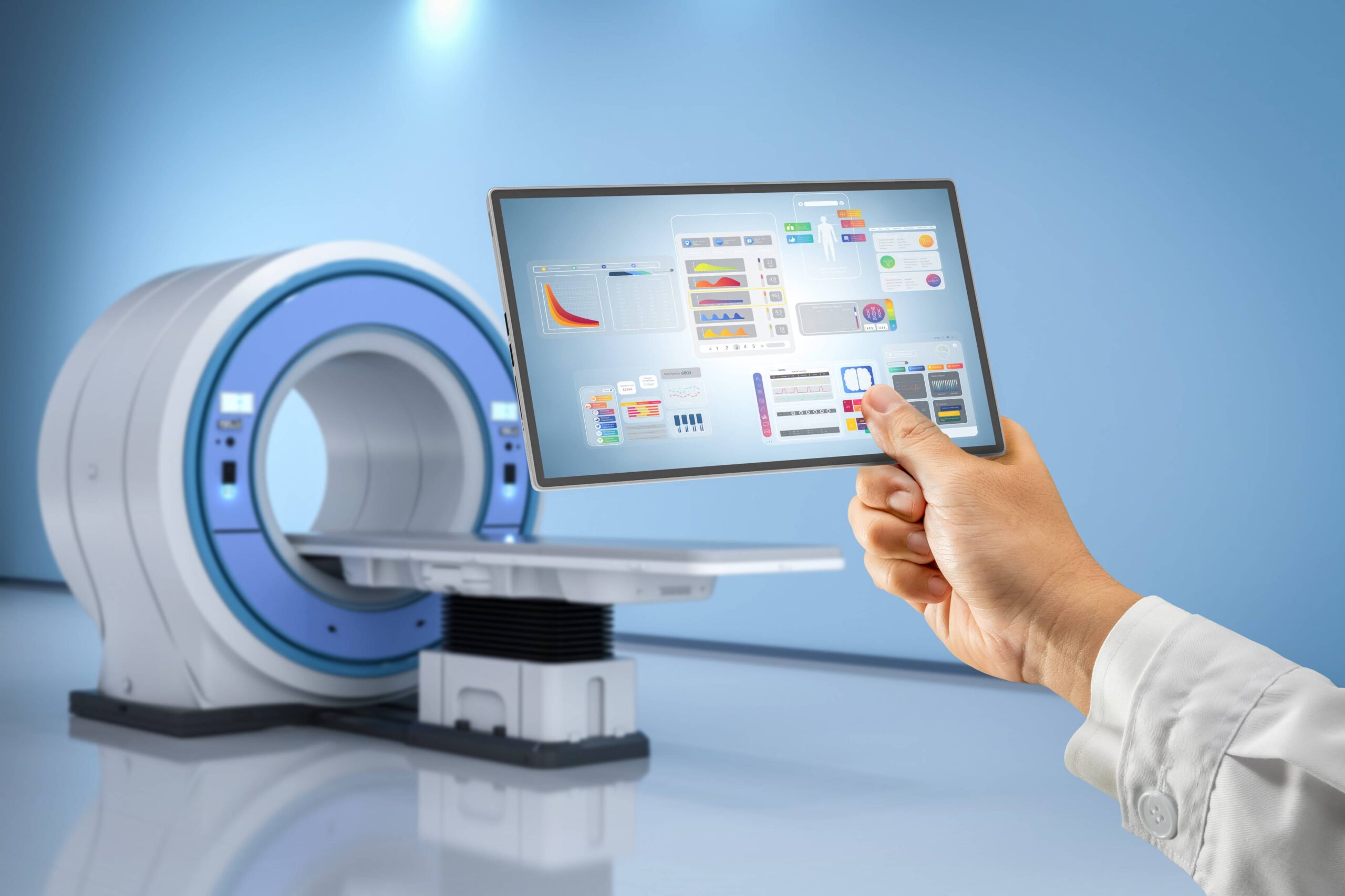Radiology has always been about patterns, precision, and interpretation. For most of my career, we’ve been trained to focus intensely on the images in front of us. But in today’s landscape, it’s not just about what we see on the scan—it’s about what we understand behind it.
Data analytics is helping us bridge that gap. It’s not replacing the need for strong clinical instincts or deep training. Instead, it’s giving us an expanded lens—helping us detect trends, refine workflows, and ultimately serve patients better. This shift doesn’t just impact radiologists—it strengthens the entire care team and, most importantly, leads to more effective patient care.
Radiology at a Crossroads
Over the last couple of decades, radiology has grown exponentially in both demand and complexity. We’re seeing more imaging being ordered across specialties and across the country. With that growth comes an enormous volume of information—scans, reports, follow-ups, and outcomes.
For years, much of that data lived in silos, rarely linked, analyzed, or leveraged in a meaningful way. But now, we’re starting to understand that within all that information lies an incredible opportunity. We can learn from our own patterns. We can track where we’re excelling—and where we can do better. And we can start using that insight to shape a more responsive and efficient radiology service.
Using Data to Improve Turnaround and Quality
One of the most direct applications of data in our practice is around turnaround time. Radiology reports don’t just sit in a vacuum—they are essential, often time-sensitive pieces of the care process. With data analytics, we’re able to monitor in real time how long it takes from when an image is captured to when the report is signed and delivered.
This doesn’t just hold us accountable—it gives us a map. We can pinpoint bottlenecks, adjust staffing when needed, and make smarter decisions about how we manage high-volume days. In short, we can move faster without sacrificing quality.
Speaking of quality, data also helps us audit our own work—not in a punitive way, but in a growth-minded one. Are we using consistent language across reports? Are follow-up recommendations being documented clearly? Is our communication aligning with what referring clinicians actually need? These are questions we can now answer—and act on—thanks to better data systems.
Keeping Referring Physicians in the Loop
One thing I’ve always valued is strong relationships with referring physicians. Whether it’s an ER doctor, a surgeon, or a primary care provider, they depend on us for insight they can use immediately. With better analytics, we’re able to measure how well we’re meeting those needs.
We can track which types of studies are being ordered most frequently and which specialties are relying most heavily on our reads. That allows us to proactively open lines of communication, tailor reporting formats, or even offer quick consults when we see complex or unusual cases arise. The end result? Better alignment between radiology and frontline clinical care.
Elevating Patient Care Through Smarter Insight
At the end of the day, all of this data work isn’t about the numbers themselves—it’s about what those numbers enable us to do for patients.
Take follow-up imaging, for example. Patients sometimes fall through the cracks—not because we don’t care, but because the system doesn’t have the checks in place to catch missed appointments or forgotten recommendations. With proper tracking systems, we can close that loop. We can make sure that the patient who needs a three-month follow-up for a lung nodule actually gets it.
Or consider incidental findings—something we often see in scans ordered for unrelated reasons. By flagging and tracking these findings appropriately, and with the help of good data systems, we help ensure patients aren’t left with uncertainty or delayed diagnoses.
These are real, tangible benefits. This is how data becomes more than just information—it becomes impact.
Supporting Our Radiologists
Data also helps take care of the people doing the work. Radiologist burnout is real, and it’s something I take seriously as both a physician and a leader. By understanding how workloads vary across time, teams, and modalities, we can better support balance, fairness, and even career development.
If we see that certain team members are being overloaded with complex cases, or that others are underutilized in certain modalities, we can adjust. And when radiologists feel supported and seen, they perform better. That benefits everyone—from the technologists to the referring docs to the patients.
Moving Forward with Purpose
The use of data in radiology isn’t a trend. It’s a shift in mindset—one that prioritizes intentionality, transparency, and long-term thinking. At The Radiology Group, we’re leaning into that shift with purpose. We’re not chasing metrics for the sake of it—we’re using them as tools to deliver care that is smarter, safer, and more connected.
There’s still work to do, and new opportunities continue to emerge. But if there’s one thing I’ve learned from years in this field, it’s that progress comes when we’re willing to question old habits and try something better. That’s what data allows us to do.
This evolution in radiology isn’t about leaving behind what’s worked in the past—it’s about enhancing it. With better insight comes better care. And that’s a future I’m proud to be building.
